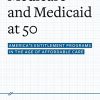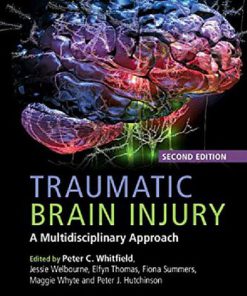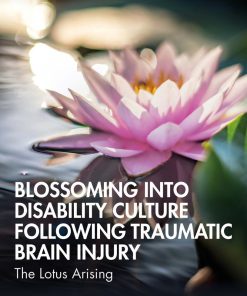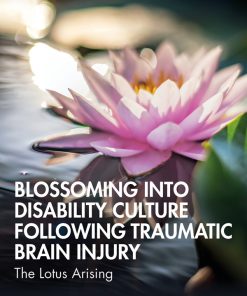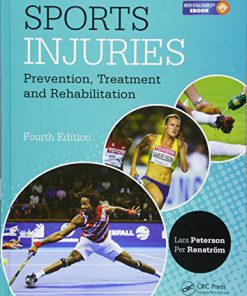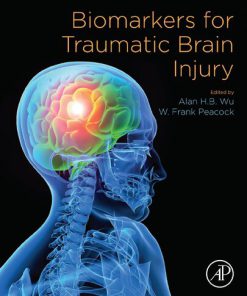Traumatic Brain Injury Rehabilitation Treatment and Case Management Fourth Edition by Mark 1315354179 9781315354170
$50.00 Original price was: $50.00.$25.00Current price is: $25.00.
Traumatic Brain Injury Rehabilitation Treatment and Case Management Fourth Edition by Mark Ashley – Ebook Instant Download/Delivery ISBN(s): 1315354179, 9781315354170
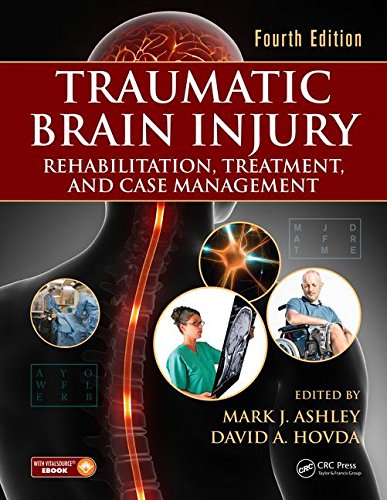
Product details:
- ISBN 10: 1315354179
- ISBN 13: 9781315354170
- Author: Mark
The fourth edition of this text constitutes a continuation of 20 years of coverage of traumatic brain injury, and broadens the discussion of acquired brain injury. Within TBI, the paradigm shift from an injury occurring at a point in time to a disease entity of a chronic nature is changing the discussion of diagnosis, management, treatment and outcome assessment. Disease specification that differentiates TBIs by the mechanism of injury, the exact nature of the injury, the extent of injury, presence of co-morbidities and their exact nature, gender, age, race, and genome are emerging as crucial. Disease differentiation has impacted diagnosis, treatment and outcome.
Table of contents:
Part 1 Neuroscience
Chapter 1 Bioscience indications for chronic disease management and neuromedical interventions following traumatic brain injury
Introduction
Loss of Axonal Integrity After TBI
Blood–Brain Barrier
Microglia
Cerebral inflammation is mediated by microglia
Microglial alterations following TBI
Inflammation and axonal damage
The dual action of microglia and cytokines
Mitochondria
Myelination
Neuroendocrine function
Somatotrophic axis
Gonadotroph axis
Testosterone
Estrogen
Progesterone
Thyrotroph axis
Clinical implications and potential therapeutics
References
Chapter 2 The neurobiology of traumatic brain injury
Introduction
What happens to the cells in the brain following TBI?
Outcome measurements in experimental animal models
Long-term issues with TBI
Experimental animal models of CTE as defined by phosphorylated tau
Summary and conclusions
References
Chapter 3 Repeat traumatic brain injury models
Introduction
The models
Experimental design
Repeat mild TBI in developing animal models
Adolescent RTBI
Histology and behavior
Brain impact interval influences metabolism and amyloid deposition
Pituitary dysfunction
Gender
Chronic pathology
Prepubertal repeat TBI
Characterization of pathology time course
Repeat mild TBI in adult animal models
Metabolism
Inflammation
Axonal injury
Acute and chronic behavioral profiles
Neurodegenerative diseases
Summary
References
Chapter 4 Neuroplasticity and rehabilitation therapy
Introduction
Habituation
Sensitization
Types of learning
Hierarchical learning
Multimodal rehabilitation
Neurogenesis in adult humans
Constraint-induced therapy
Summary
References
Chapter 5 Environmental enrichment: A preclinical model of neurorehabilitation for traumatic brain injury
Traumatic brain injury is a significant health care issue
EE defined
EE as a potential therapeutic approach: early support
EE as a potential therapeutic approach: further support
Benefits of EE are not gender dependent
Benefits of EE are enduring
Therapeutic window of EE is flexible
EE: combination therapy paradigms
Potential mechanisms mediating EE-induced benefits
Caveats to the EE effect
Conclusion
Acknowledgments
References
Chapter 6 Neuroanatomy of basic cognitive function
Introduction
Sensory systems
Reticular Formation
Hypothalamus, pituitary, thalamus, and basal ganglia
Hypothalamus and Pituitary
Thalamus
Basal Ganglia
Medial Temporal Lobe and Hippocampal Complex
Inferior Temporal Lobe
Frontal Lobe
Commissural and Association Tract Fibers
Principles of Neurophysiology and Cognition
Information Processing, Neurotransmission, and Learning
Neuromodulatory neurotransmitters
Networks and Cognitive Function
Specific functions
Working Memory
Decision-Making
Perceptual Decision-Making
Prospective Memory
Default mode network
DMN: Hubs and subsytems
DMN functional significance
Frontoparietal attention networks
Summary
References
Chapter 7 TBI rehabilitation: Lessons learned from animal studies about mechanisms, timing, and combinatorial approaches
Introduction
Rehabilitation promotes recovery of function and plasticity
Rehabilitation and plasticity following TBI
Rehabilitation Timing
Combining rehabilitation with adjunctive therapies: What’s the winning combination?
Conclusions and future directions
References
Chapter 8 Diet and exercise interventions to promote metabolic homeostasis in TBI pathology
Introduction
Lifestyle and Mental Health
The Metabolic Pathology of TBI
BDNF: A Link Between Metabolic and Cognitive Dysfunctions in the Pathology of TBI
Role of Nutritional Factors in Normal Brain Health And After TBI
Omega-3 fatty acids
Plasma membrane is susceptible to the effects of TBI and diet
The Antioxidant Action of Vitamin E on TBI
Dietary Polyphenols and Cognitive Performance: Curcuminoids
Dietary Polyphenols and Cognitive Performance: Resveratrol
Dietary Flavonoids and Cognitive Function
Metabolic disturbances as a signature of TBI pathology
Diet and Epigenetics: A Platform for Extending Action and Influencing Neurological Disorders
Effect of Exercise on Brain Health and Repair
Collaborative Effects of Diet and Exercise
Conclusion
References
Chapter 9 Disruptions in physical substrates of vision following traumatic brain injury
Introduction
Vision
General anatomy
Core components
Anatomic components
Cortical organization
Neocortical modules
Neural networks
Anatomical divisions of visual system
Image system
Optical system
Primary visual system
Optic radiation
Secondary visual system
Nonimage system
Retinohypothalamic tract
Principles of visual system organization
Functional component of the visual system
Reception
Primary Visual System
Oculomotor system
Attention
Arousal/alerting
Orienting network
Selective attention network
Higher visual processing
Ventral stream
Dorsal stream
Beyond the ventral/dorsal stream
TBI
Definition
Primary effect
Secondary effects
Classifications of visual deficit
Receptive system
Attention system
Higher visual processing system
Summary
References
Chapter 10 Potential utility of resting state fMRI–determined functional connectivity to guide neurorehabilitation
People also search:
traumatic brain injury symptoms
traumatic brain injury icd 10
mild traumatic brain injury
traumatic brain injury examples
traumatic brain injury definition
You may also like…
Biography & Autobiography - Medical
Cookbooks
Biography & Autobiography - Medical
Medicine - Neurology
Acquired Brain Injury An Integrative Neuro Rehabilitation Approach Jean Elbaum



